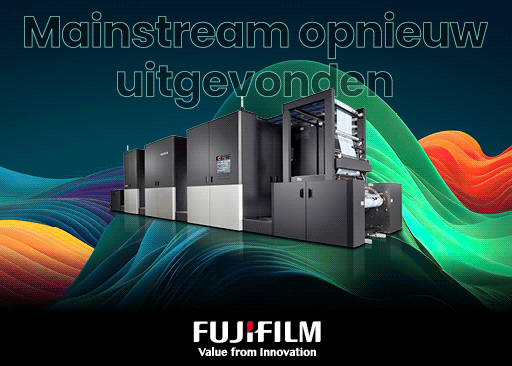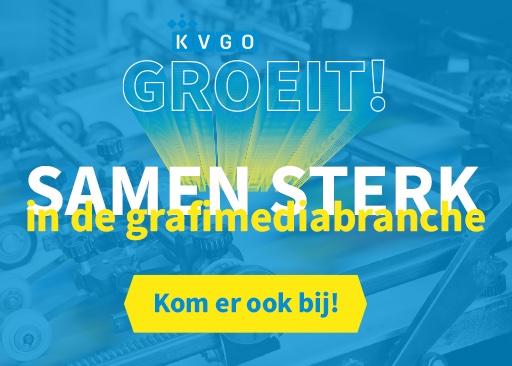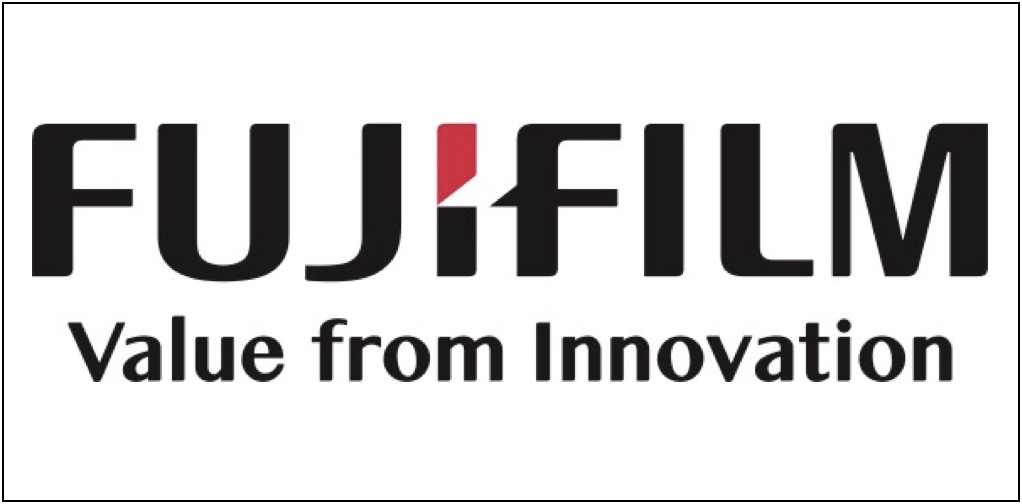Laurel Brunner’s Verdigris Blog: Environmental Performance Index
 An initiative of Yale and Columbia Universities in the USA, the EPI ranks a country’s environmental performance according to how well human health and ecosystems are protected. They use nine criteria including child mortality and access to drinking water, plus twenty additional measures ranging from changes in forest cover to agricultural subsidies. In the latest iteration which grades 178 countries Switzerland is on top, followed by Luxembourg, Australia and Singapore. Somalia is unsurprisingly at the bottom, mainly because of low life expectancy and high infant mortality rates. The EPI is a useful and informative tool for measuring how well countries protect the environment and their citizens’ health, but could such a thing also be set up for industries?
An initiative of Yale and Columbia Universities in the USA, the EPI ranks a country’s environmental performance according to how well human health and ecosystems are protected. They use nine criteria including child mortality and access to drinking water, plus twenty additional measures ranging from changes in forest cover to agricultural subsidies. In the latest iteration which grades 178 countries Switzerland is on top, followed by Luxembourg, Australia and Singapore. Somalia is unsurprisingly at the bottom, mainly because of low life expectancy and high infant mortality rates. The EPI is a useful and informative tool for measuring how well countries protect the environment and their citizens’ health, but could such a thing also be set up for industries?
The idea with the Yale EPI is to rank countries and provide a measure of how they look after the environment and the vitality of their ecosystems. The purpose is to provide It’s a way of checking the match between reality and stated policy aims of a particular government. It’s a clever tool for making governments more accountable, so could the same idea work for companies? For instance the world’s biggest company is Wal-Mart and it has a comprehensive Corporate Social Responsibility (CSR) policy. Compliance with a stated CSR could be part of the criteria for evaluation of a company’s EPI. Having a CSR policy probably matters less than having active environmental impact reductions for the business, for instance through environmental management and ISO 14001 certification.
This is the approach Quad Graphics, one of the world’s biggest printing companies takes. The company has extensive environmental information on its website and provides complete carbon data about the print it produces for clients.
So if we were to have an EPI for the printing and publishing industries, what would the criteria be? Having a CSR or better yet an environmental policy would be a start, with compliance the basis of points. To that we could add waste reduction according to stated targets; reduction of emissions to air, land and water; recycling volumes for aluminium and paper. And then there’s the use of renewable energy sources, encouraging the use of electric vehicles, and active water management, such as rainwater capture for use in toilets, or for recycling in the factory.
The list could be endless but what would the benefit be to industry and consumers? As with the EPI for countries, an EPI for companies could provide shareholders and consumers with more information about companies environmental performance. This would put pressure on all businesses to improve. Who knows, it’s unlikely but it could happen.
Laurel Brunner

Dit blog wordt mogelijk gemaakt dankzij de bijdrage van: Agfa Graphics (www.agfa.com), Digital Dots (http://digitaldots.org), drupa (www.drupa.com), EFI (www.efi.com), Fespa (www.fespa.com), Heidelberg (www.uk.heidelberg.com), Kodak (www.kodak.com/go/sustainability), Mondi (www.mondigroup.com/products), Pragati Offset (www.pragati.com), Ricoh (www.ricoh.com), Shimizu Printing (www.shzpp.co.jp), Splash PR (www.splashpr.co.uk), Unity Publishing (http://unity-publishing.co.uk) and Xeikon (www.xeikon.com).
BlokBoek.com is de Nederlandse media-partner van Verdigris, een non-profit initiatief dat de werkelijke voetprint van druk- en printwerk die drukwerk achterlaat eerlijk in kaart wil brengen en dat bedrijven en organisatie steunt om die voetprint te verlagen.
Meer informatie over Verdigris vindt je via deze link.
De trainingen voor 2022 staan gereed. Kijk voor het volledige online aanbod van bestaande- en nieuwe trainingen op de website.
BLOKBOEK.COM EN PRINTMEDIANIEUWS: HET OPTIMALE DOELGROEP BEREIK





















